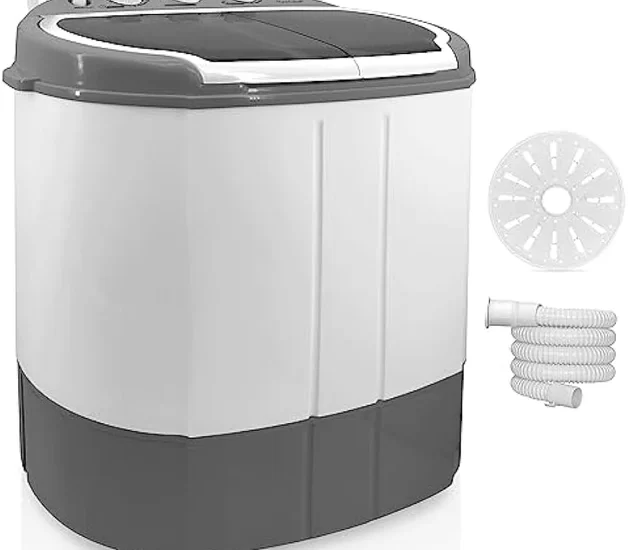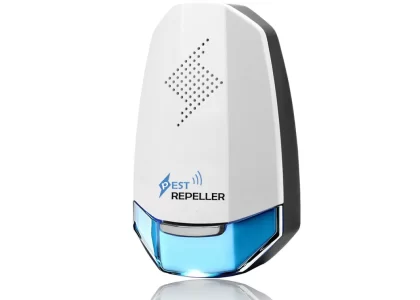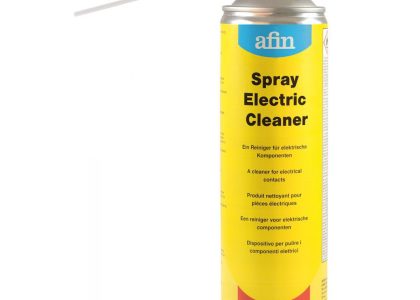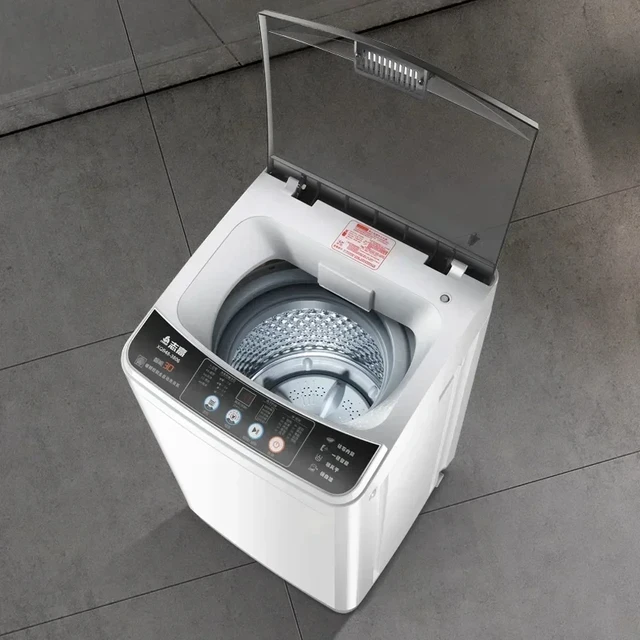 Introduction:
Introduction:
Dealing with mold in your washing machine can be a frustrating and unhygienic problem. The moist and warm environment inside the machine creates ideal conditions for mold to grow and thrive. However, with the right approach and a little effort, you can effectively remove mold from your washing machine. In this comprehensive article, we will provide a step-by-step guide on how to remove mold from your washing machine. From thorough cleaning and disinfecting to preventative measures, you can say goodbye to mold and enjoy clean and fresh laundry once again.
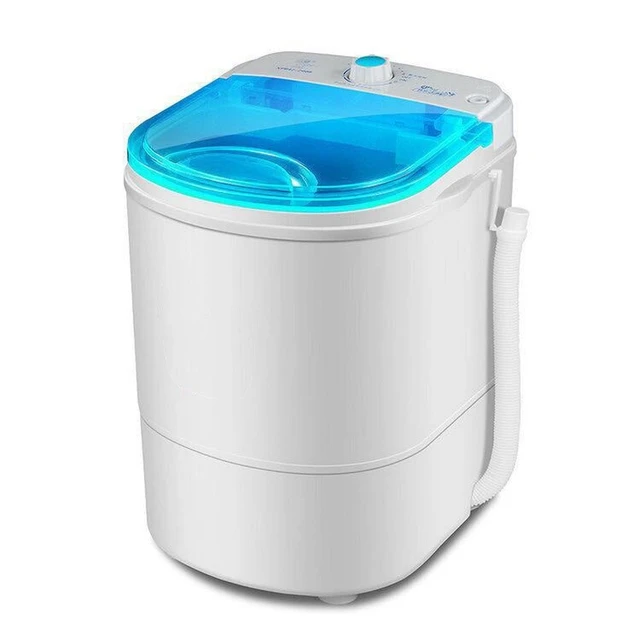 There are several types of washing machines available in the market. Here are some common types:
There are several types of washing machines available in the market. Here are some common types:
Top-Loading Washing Machines:
These are the traditional washing machines with a hinged lid on top. They are known for their simplicity and ease of use. Clothes are loaded and unloaded through the top opening, and the agitator or impeller in the center of the tub agitates the clothes for cleaning.
Front-Loading Washing Machines:
Front-loading machines have a door on the front that swings open, allowing clothes to be loaded and unloaded horizontally. These machines are known for their energy efficiency, water efficiency, and ability to handle larger loads. They also provide better cleaning performance and are generally gentler on clothes compared to top-loading machines.
High-Efficiency (HE) Washing Machines:
HE washing machines are designed to be more water and energy-efficient compared to traditional machines. Both top-loading and front-loading machines can be classified as high-efficiency machines. They typically use less water and require less detergent to operate effectively.
Compact Washing Machines:
Compact washing machines are smaller in size and designed for homes or apartments with limited space. They offer similar functionality as standard washing machines but with a smaller capacity to fit in tight areas.
Washer-Dryer Combo:
A washer-dryer combo combines both washing and drying functions in one unit. These machines are suitable for homes with limited space or those looking for a convenient all-in-one laundry solution.
Portable Washing Machines:
Portable washing machines are compact and lightweight units that can be easily moved and stored. They are generally used for small loads or for those who frequently travel, camp, or live in mobile homes.
It’s important to consider your specific needs, budget, and available space when choosing a washing machine. Each type has its advantages and considerations, so it’s worth researching and comparing features before making a purchase.
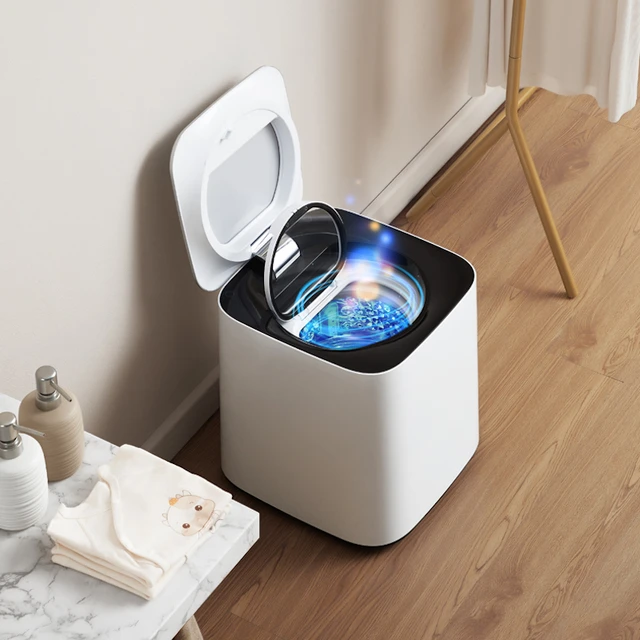 Here are some potential dangers associated with mold in washing machines:
Here are some potential dangers associated with mold in washing machines:
The presence of mold or mildew in washing machines can pose several risks and hazards. Here are some potential dangers associated with mold in washing machines:
Health Concerns:
Mold produces spores that can become airborne and cause respiratory issues, allergic reactions, or aggravate existing respiratory conditions like asthma or allergies. Inhaling or coming into contact with mold spores can lead to coughing, wheezing, nasal congestion, skin irritation, or eye irritation.
Foul Odor:
Mold growth in washing machines often results in a musty or unpleasant odor. This odor can transfer onto clothes, leaving them smelling unpleasant even after washing. It can be challenging to remove this odor from clothes, resulting in discomfort for the wearer.
Contamination of Clothes:
Mold can transfer from the washing machine’s drum or seals onto clothes during the wash cycle. This can stain or discolor fabrics, leading to permanent damage or the need for extensive cleaning to restore the clothes’ appearance.
Decline in Cleaning Performance:
Mold growth in washing machine components, such as detergent dispensers or filters, can impede proper functionality. This can lead to a decline in the machine’s cleaning performance, with clothes not being effectively cleaned or rinsed. Moldy residue may also be left on clothes, reducing their cleanliness.
Damage to the Washing Machine:
Mold can cause damage to the internal components of the washing machine over time. It can lead to deterioration of gaskets, seals, or other parts, resulting in leakage or operational issues.
To mitigate the risks associated with mold in washing machines, it’s crucial to regularly clean and maintain the machine. This includes wiping down the drum and seals, removing detergent residue, and leaving the door or lid open after each use to allow moisture to evaporate. Additionally, using mold-inhibiting cleaners or running a maintenance cycle with vinegar or bleach can help prevent mold growth and maintain a clean and healthy washing machine.
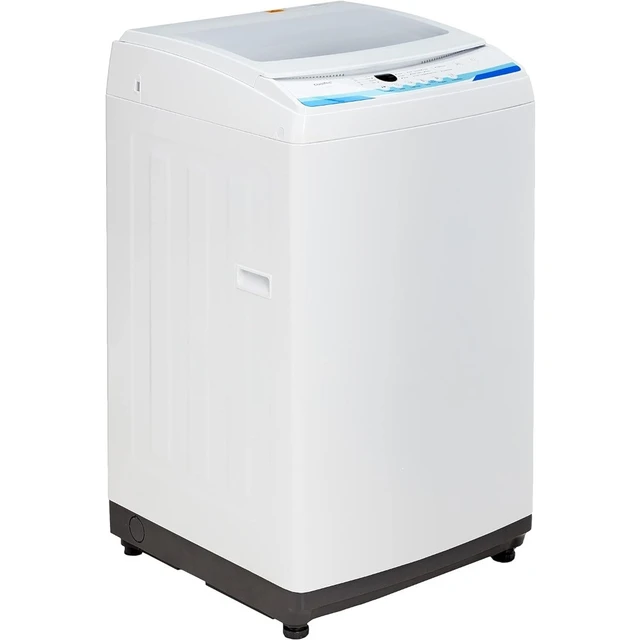 Identifying and Understanding the Problem
Identifying and Understanding the Problem
Recognizing Mold Growth in Washing Machines:
Mold growth in washing machines is characterized by a musty odor, visible black or greenish spots, or an overall slimy appearance.
These signs indicate the presence of mold and require immediate action to address the problem.
Understanding the Causes of Mold Growth:
Mold thrives in damp environments, making washing machines an ideal breeding ground.
Common causes of mold growth in washing machines include frequent use of low-temperature wash cycles, leaving damp laundry inside the machine, or insufficient ventilation.
Cleaning the Washing Machine
Empty the Machine:
Start by emptying the washing machine of any clothes, towels, or other items.
Clearing the machine allows you to focus on thorough cleaning and prevents further contamination.
Removing Mold from Rubber Seals and Gaskets:
Mold often accumulates on rubber seals and gaskets around the door or dispenser of the washing machine.
Use a mildew remover or a mixture of equal parts water and vinegar to wipe down these areas and remove any visible mold.
Cleaning the Drum:
Prepare a cleaning solution by mixing equal parts water and distilled white vinegar.
Pour the solution into the drum and add 1 cup of baking soda to the detergent dispenser.
Running a Cleaning Cycle:
Set the washing machine to a high-temperature cycle and a long duration.
Let the machine run a complete cycle using the cleaning solution to thoroughly clean the drum and remove any remaining mold or mildew.
Disinfecting the Washing Machine
Using a Bleach Solution:
Fill the detergent dispenser with half a cup of bleach.
Run a hot water cycle without any clothes to disinfect the washing machine.
Alternatives to Bleach:
If you prefer a non-bleach option, you can use hydrogen peroxide or a commercial washing machine cleaner.
Follow the manufacturer’s instructions for the appropriate amount and usage.
Prevention and Maintenance
Regular Cleaning and Maintenance:
To prevent future mold growth, regularly clean the washing machine at least once a month.
Follow the cleaning steps outlined in Sections 2 and 3 to maintain a mold-free environment.
Proper Ventilation:
Promote ventilation by leaving the washing machine door open when not in use.
This allows air to circulate and moisture to evaporate, discouraging mold growth.
Using High-Temperature Washes:
Whenever possible, choose hot water wash cycles instead of cold or warm temperatures.
Higher temperatures can help kill mold spores and prevent their growth in the washing machine.
 Conclusion:
Conclusion:
Removing mold from your washing machine requires some time and effort, but it is essential for maintaining a clean and hygienic laundry environment. By following the step-by-step guide outlined in this article, you can effectively remove mold and prevent its return. Regular cleaning and maintenance, paired with proper ventilation and the use of higher-temperature wash cycles, will keep your washing machine mold-free and ensure fresh and clean laundry every time. Don’t let mold affect your washing routine—take action today for a healthier and mold-free washing machine.

